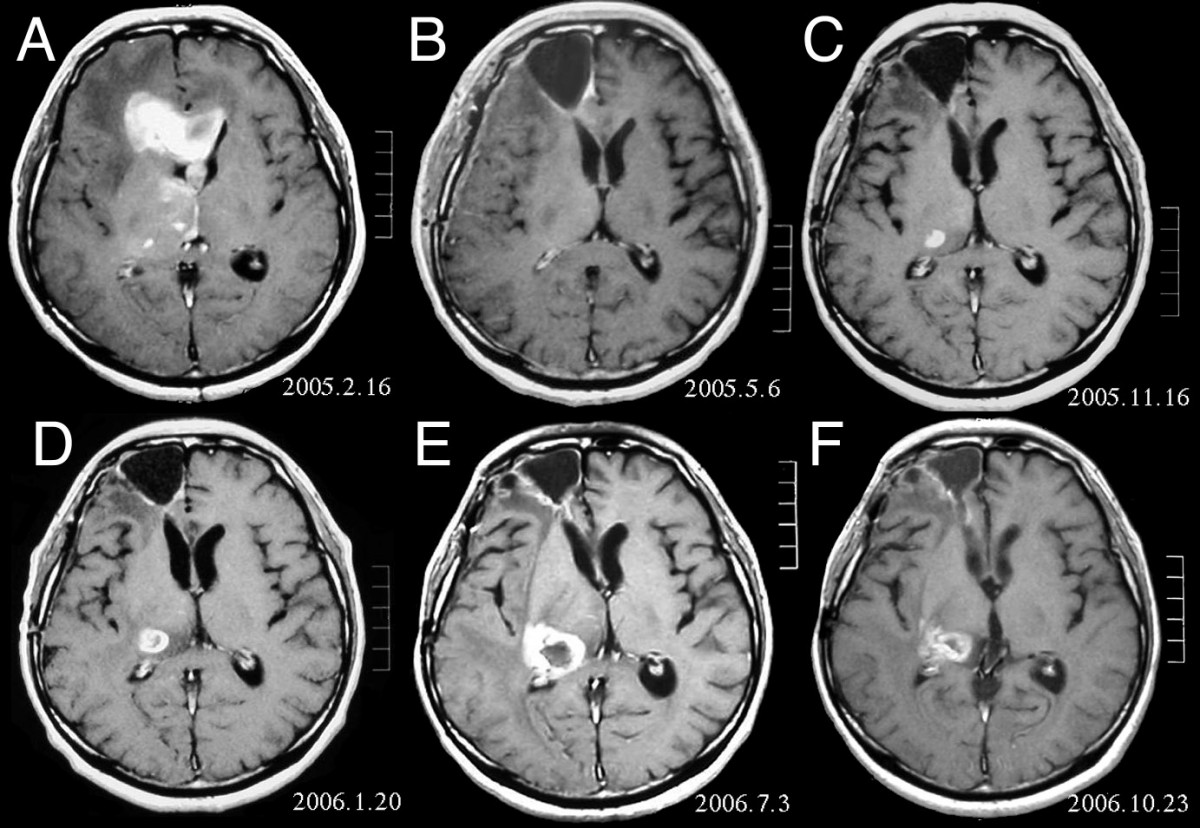Astrocytoma brain cancer tumors are considered to be the most common type of Glioma. These tumors may develop in various regions of the brain, as well as the spinal cord. These particular type of brain cancer tumors initiate from cells that are called astrocytes. The area of the brain that these are most commonly identified is the main region. This is commonly referred to as the cerebrum.
It has been established that these have the capability of affecting any individual, at any time in their life. While there have been cases of Astrocytoma a brain cancer tumor in children, this condition is most often diagnosed among those that are part of the adult population. When children are diagnosed with these tumors, they are most commonly located in the base region of the brain rather than the main region of the brain.
Common Symptoms
There are many common symptoms that are often experienced when an individual has an Astrocytoma brain cancer tumor. The symptoms that are experienced often correlate with the pressure against the brain and skull regions as a result of the size of the tumor. It is common for an individual to exhibit behavior changes.
The person may exhibit a personality that is much different than their own, they may seem to change from one mood to another in a fast-paced and mysterious manner, and they may exhibit marked signs of irritability.
Individuals that have this type of tumor with their brain cancer will often experience headaches and pain in the neck region. Gastrointestinal complications such as vomiting are also one of the most common symptoms associated with the Astrocytoma brain cancer tumor.
Diagnosing the Astrocytoma Brain Tumor
Diagnosing the Astrocytoma brain tumor is a challenging task to many medical professionals. A full neurological examination is typically ordered if a patient is exhibiting certain symptoms. One of the main signs that a doctor will look for is any type of mental based dysfunction.
In some instances, a patient that is exhibiting new, unusually painful headaches and swelling may be further evaluated. In addition to these symptoms, those that experience seizures and signs of potential swelling such as vomiting will be referred to a neurologist for a full, in-depth medical examination.
There are many different tests that may be used to determine if an individual has an Astrocytoma brain cancer tumor. One of the main diagnostic tools used to scan the brain for this type of tumor is the MRI or the Magnetic Resonance Imaging scan.
Many neurologists will also use the CT or CAT scan, which stands for Computed Tomography. In diagnosing this type of brain cancer tumor, many doctors may utilize tests that help gauge the coordination, the hearing, and the vision in order to effectively rule out other medical conditions.
It has been established that these have the capability of affecting any individual, at any time in their life. While there have been cases of Astrocytoma a brain cancer tumor in children, this condition is most often diagnosed among those that are part of the adult population. When children are diagnosed with these tumors, they are most commonly located in the base region of the brain rather than the main region of the brain.
Common Symptoms
There are many common symptoms that are often experienced when an individual has an Astrocytoma brain cancer tumor. The symptoms that are experienced often correlate with the pressure against the brain and skull regions as a result of the size of the tumor. It is common for an individual to exhibit behavior changes.
The person may exhibit a personality that is much different than their own, they may seem to change from one mood to another in a fast-paced and mysterious manner, and they may exhibit marked signs of irritability.
Individuals that have this type of tumor with their brain cancer will often experience headaches and pain in the neck region. Gastrointestinal complications such as vomiting are also one of the most common symptoms associated with the Astrocytoma brain cancer tumor.
Diagnosing the Astrocytoma Brain Tumor
Diagnosing the Astrocytoma brain tumor is a challenging task to many medical professionals. A full neurological examination is typically ordered if a patient is exhibiting certain symptoms. One of the main signs that a doctor will look for is any type of mental based dysfunction.
In some instances, a patient that is exhibiting new, unusually painful headaches and swelling may be further evaluated. In addition to these symptoms, those that experience seizures and signs of potential swelling such as vomiting will be referred to a neurologist for a full, in-depth medical examination.
There are many different tests that may be used to determine if an individual has an Astrocytoma brain cancer tumor. One of the main diagnostic tools used to scan the brain for this type of tumor is the MRI or the Magnetic Resonance Imaging scan.
Many neurologists will also use the CT or CAT scan, which stands for Computed Tomography. In diagnosing this type of brain cancer tumor, many doctors may utilize tests that help gauge the coordination, the hearing, and the vision in order to effectively rule out other medical conditions.


